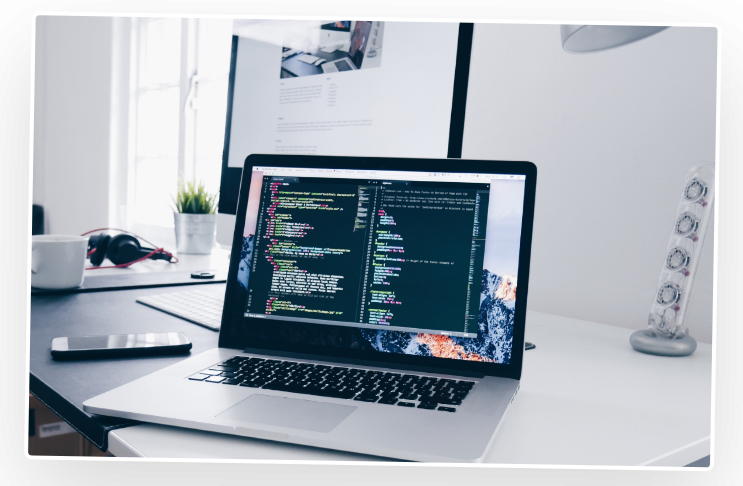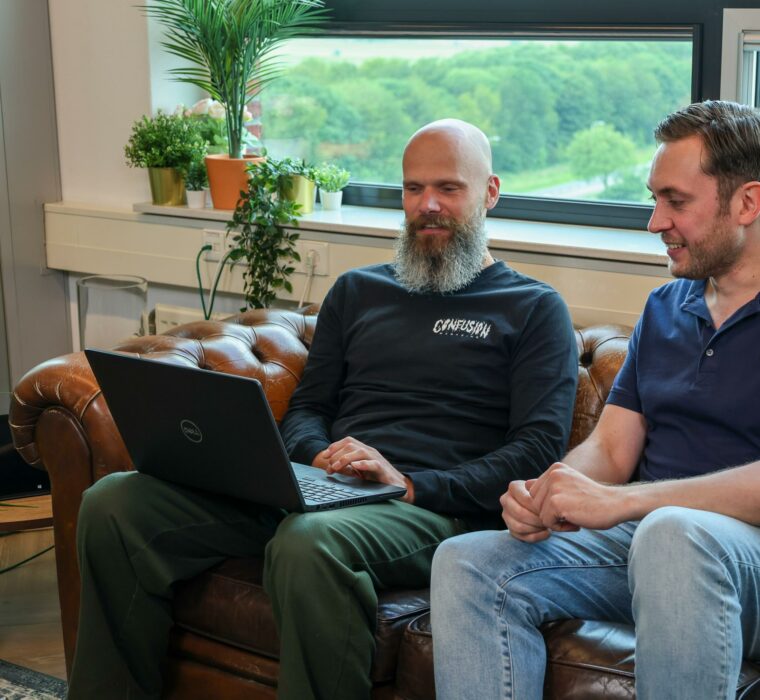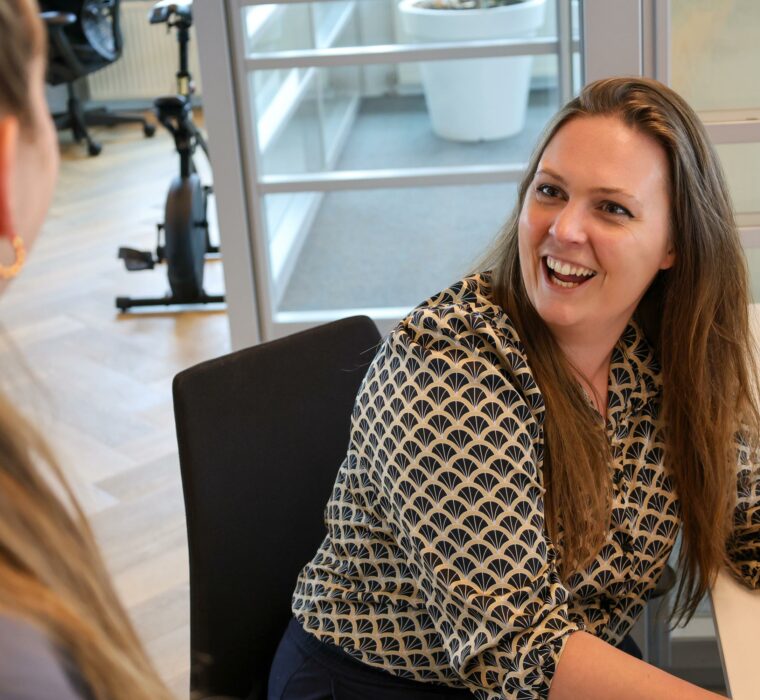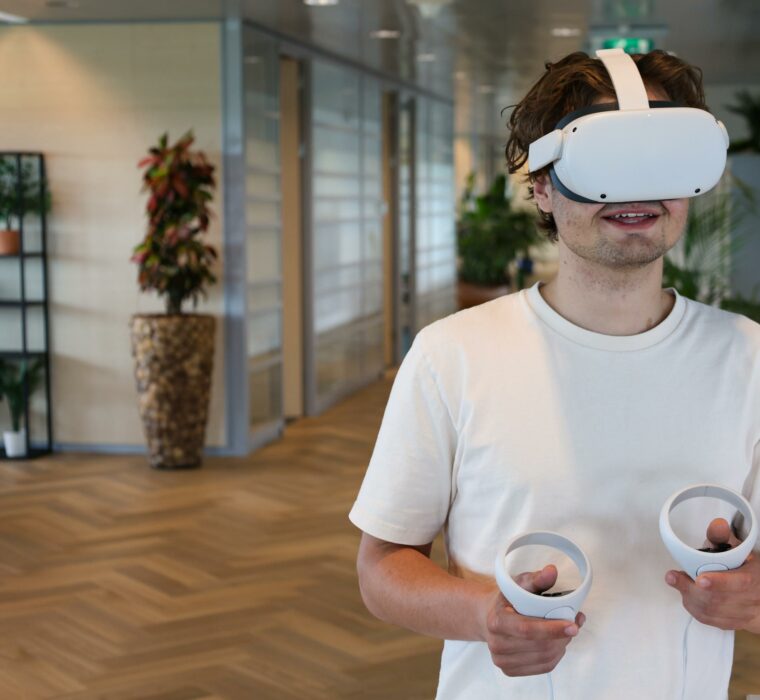
Hey Lennard,
You come up with an interesting question! I think everyone recognizes it: a website that is so cluttered that within ten seconds you don’t feel like staying on that page any longer. You were just looking for a phone number, but it is nowhere to be found on a contact page. Not exactly the experience you’re waiting for. I think the same is true for an LMS. Want people to have fine learning and discovery, but lose them after ten seconds? Then you are immediately 1-0 behind.
A good learning platform (or LMS, learning management system) gives you the power to be in charge of your own learning journey. You can learn when you want, where you want and at your own pace. That’s crazy, isn’t it? It motivates you and keeps you engaged, resulting in a much better learning experience. With a learning platform, organizations can guide participants on their learning journey in the best possible way and avoid that participants get lost in a maze of learning products.
Consultant and developer. Why does it work?
I work at inBrain as an e-learning consultant as well as developing and supporting our own LMS. Crazy combination? Not for me. In fact, these two roles have quite a bit in common. We can (in all modesty) create a wonderful e-learning, but the game actually begins before that: the art of guiding the participant to this e-learning.
Oftentimes, organizations have dozens of modules hanging in the LMS. If not a hundred. For participants, one overall view with all those choice options will quickly become overwhelming. That’s why I help our clients to set up the learning platform in such a way, that it works with logical learningpaths or course groups that are interesting and relevant for the participant. Knowledge transfer is still sometimes seen as a kind of bucket: the creator fills it with knowledge and passes the bucket to the person who needs to learn something. Figure it out yourself! Unfortunately, it doesn’t work that way: you’ll have to take the participant through your content step-by step. The design of the learning platform is an important part of this. Compare it to Netflix’s summary page. There you will see first the films and series most relevant to you. But what would your experience be like if Netflix listed all available movies and series, without direction? To ask the question is to answer it….

A learning platform must understand what someone needs. Lennard mentioned it in his column last month: you have to seduce people to learn. And so the learning platform must also match the needs and learning styles of the participants. It may sound unexpected, but in addition to content developers, learning platform developers need to empathize with their target audience! Then technology and content go hand in hand to provide that cool learning experience.
A good learning platform invites and seduces. It runs smoothly, there are no problems logging in and the certificate is ready at the right time. And do you still need help? Then someone should be ready to support with problems or questions. Exactly what I deal with in my support role.
In short, a cool learning experience is a combination of factors: the content, the usability, the LMS. But of course, it has to look attractive. How can illustrations take digital learning solutions to the next level? @Thiemen: as our in-house illustrator, I’m sure you can tell me.
Greetings!
Hermen








